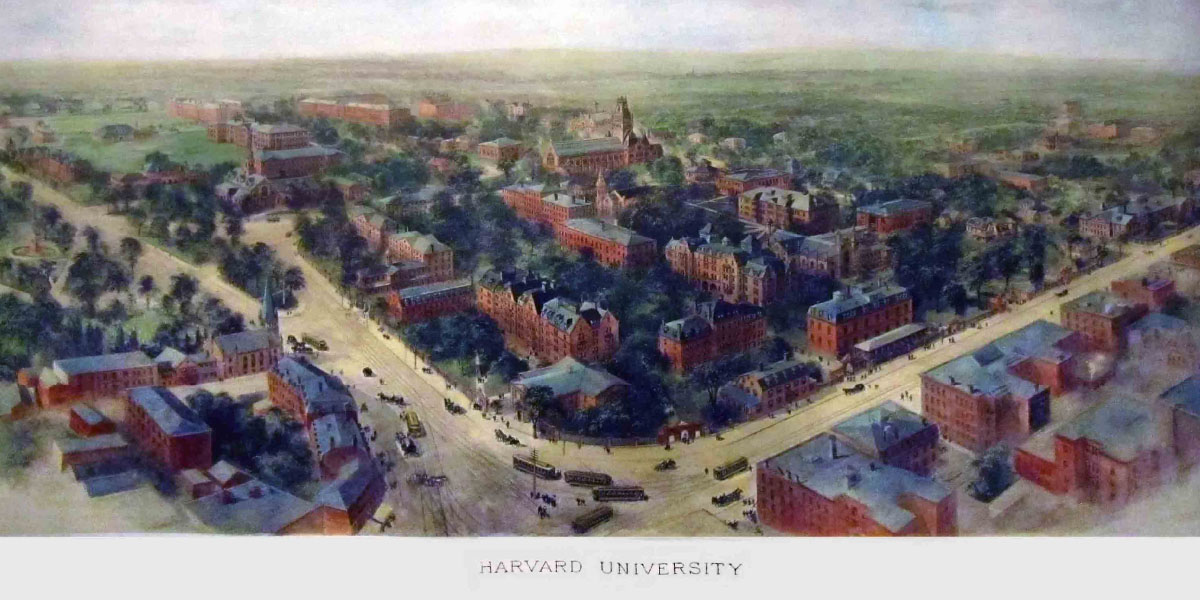Nearly every day, the popular and industry press mention the changing environment and requisite changes in higher education. Researchers from higher education think tanks have authored innumerable articles, white papers, and books on the topic. Some, such as Why Does College Cost So Much? (Oxford University Press, 2010), focus on institutional costs and affordability. Others, such as The End of College: Creating the Future of Learning and the University of Everywhere (Riverhead Books, 2015), examine the broad range of challenges facing American colleges and universities and the transformation required to meet them.
Why such focus on the state of higher education? A number of forces have aligned to put financial sustainability, relevance, and value under the microscope. Read “How Did We Get Here?” for an overview of trends that have led several centuries of higher education evolution and growth.
The accompanying “Higher Education Timeline Tutorial” and “By the Numbers” go into visual detail to explain the impact of everything from Harvard’s founding to the America’s College Promise proposal—and everything in between.
CAROLE SCHWEITZER is editor in chief of Business Officer.



